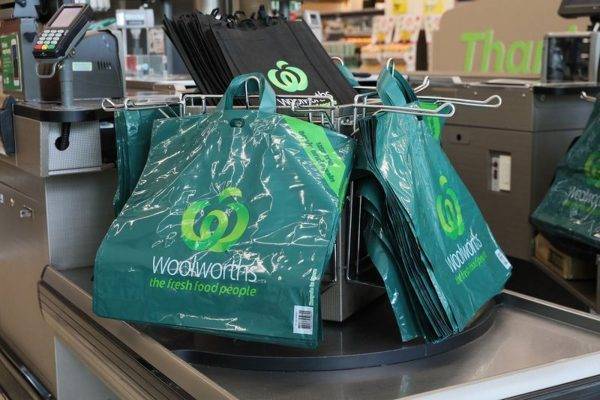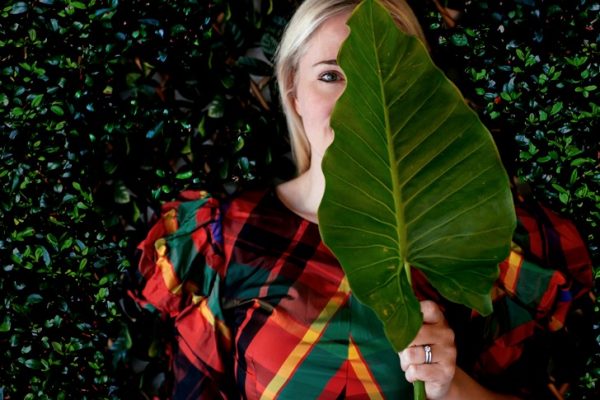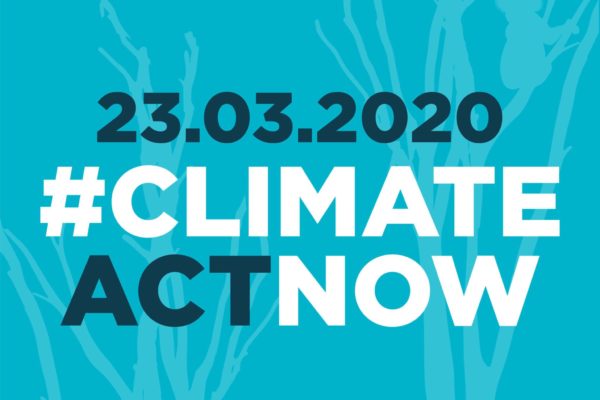As an ethical fashion consumer, I think a lot about my purchases before I buy.
It’s important for me to know where my products were made, what they are made with, and how the people who made them were valued and treated. I look out for brands with fair trade certifications, who use dead stock materials (that would otherwise go to landfill), or sustainably sourced textiles.
I’ve also noticed how companies extend their positive impact, and give back to society. I’ve become fascinated with the idea of giving back to others through fashion and consumption, rather than always taking.
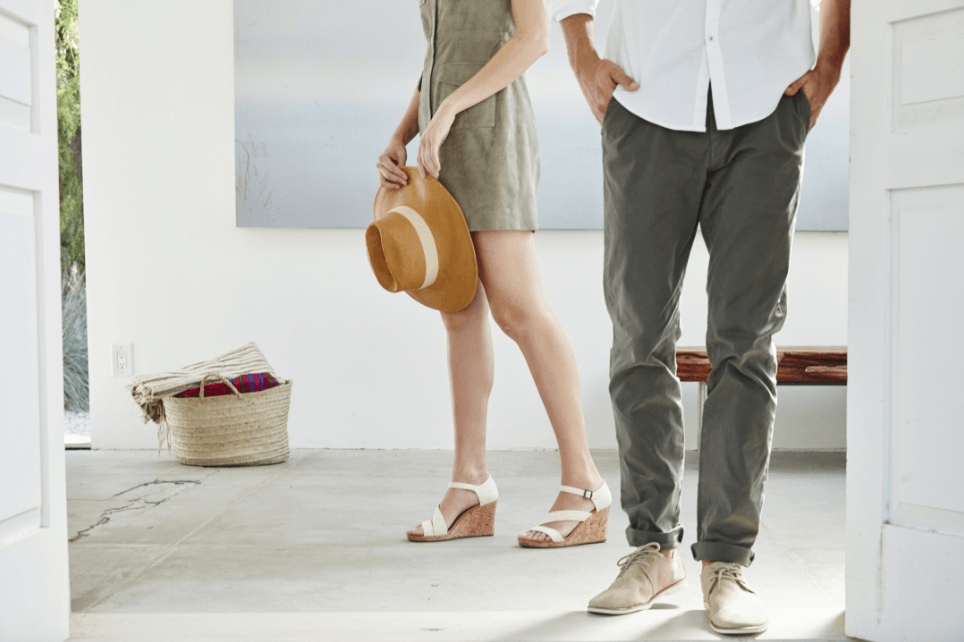
"The benefits of the B1G1 scheme extend far beyond helping communities in need. This giving system creates meaning for the brand, and a collective incentive for employees to continue driving sales."
Pioneered by TOMS, the buy one give one (B1G1) scheme has begun to pop up all over the place. Now other companies have jumped on board too, like Frank Stationery, and MyCup. The B1G1 model looks different for every company, and I made it my mission to find out how it works.
What is it?
The B1G1 model is essentially what it sounds like: when you buy a product, the same product (or something similar) is given to someone else in need. The benefits of the B1G1 scheme extend far beyond helping communities in need. This giving system creates meaning for the brand, and a collective incentive for employees to continue driving sales. Customers also get fuzzy feelings when they purchase their item, knowing that someone else in the world is benefitting from their purchase.
To explain the B1G1 model further, let’s look at how it’s practically implemented.
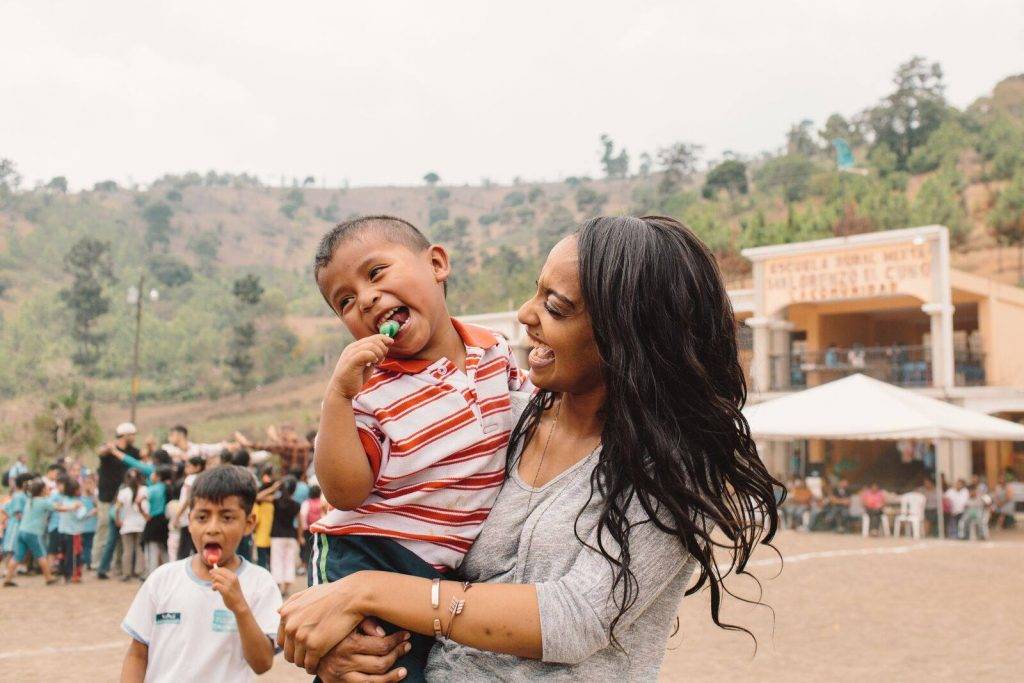
TOMS
With each purchase at TOMS, you help to provide shoes, sight, water, safe birth, and bullying prevention services to those in need. TOMS have a detailed information page on their website describing how they give, who they partner with to provide such a broad range of services, and even where all the giving takes place. TOMS are big on making sure the places where they give, truly need the service, rather than forcing aid unnecessarily- a common criticism of the B1G1 model.
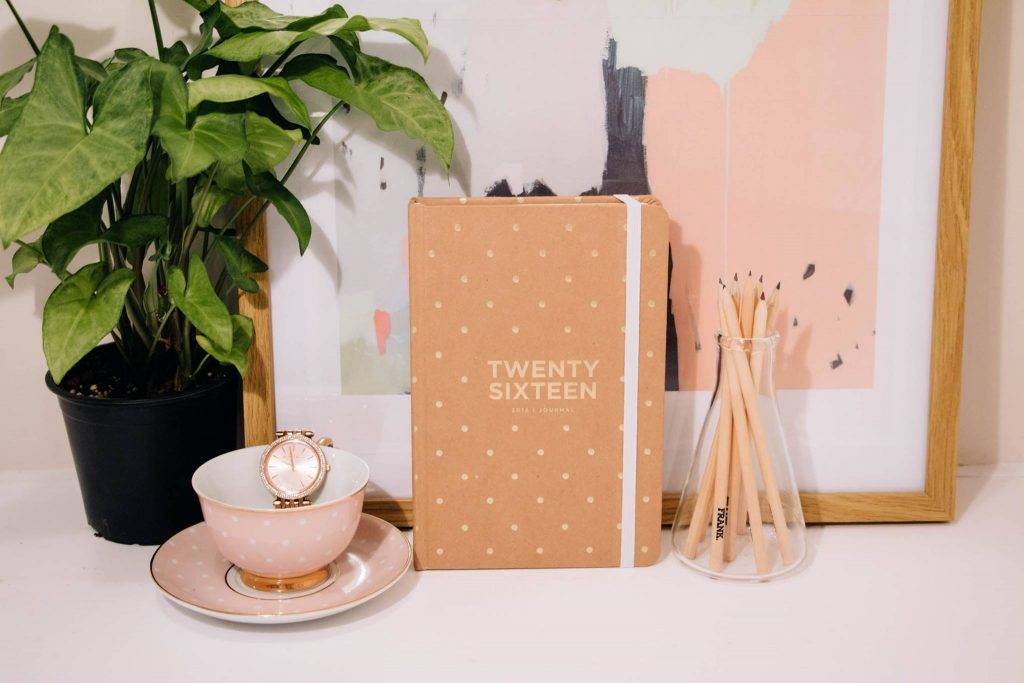
Frank Stationery
Frank Stationery, New Zealand based, are passionate about supporting children in poverty, who don’t have basic school books to help with their education. They sell gorgeous stationery to help the busy and the organised. Through the B1G1 model, Frank have given over 45,000 school books to kids across New Zealand. Their collaboration with Schoolkit, allows them to give to the New Zealand schools who need books the most.
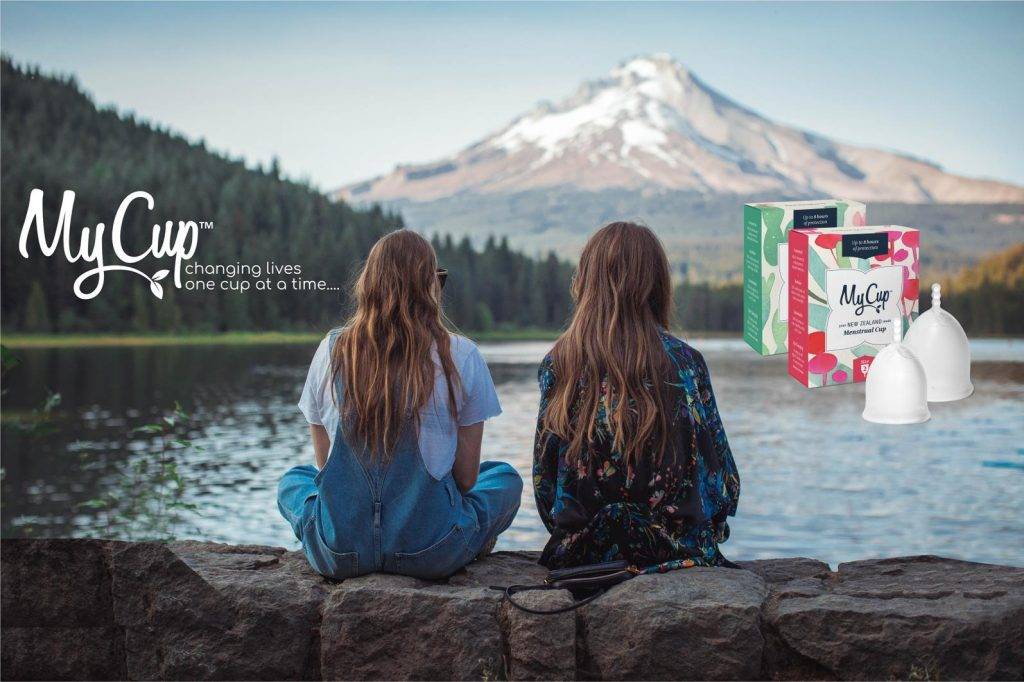
MyCup
“Period poverty” is a taboo topic in mainstream society, and MyCup are working hard to change this. So many women in the western world are unable to afford basic menstrual hygiene products. They’re forced to stay home when on their period, missing school, work, and university. With every purchase made, MyCup donate a menstrual cup to a woman in the community. This allows women to live their lives more freely, but also reduces hygiene products sent to landfill. Their goal is to eradicate period poverty within the next five years.
B1G1 Critique
It’s important to note that this supposedly simple, yet complex form of corporate social responsibility, holds a lot of criticism. There are arguments around the B1G1 scheme creating dependency, taking away from local economies, or forcing western products on indigenous communities who don’t want help. There are positives and negatives to every giving model. Being savvy to both, is important for you to make your own decisions around whether you want to support this model with your purchasing power.
Your consumer power
The B1G1 model is one to watch. Its criticism shouldn’t take away from the amazing work these three companies, and many others, are doing to help communities in need. Regardless, I encourage you to be mindful of where you purchase, how the products are made, and how the ‘give back’ schemes align with your own values. Consuming doesn’t have to be mindless and meaningless.
You have great power in where you place your money; use it wisely.
